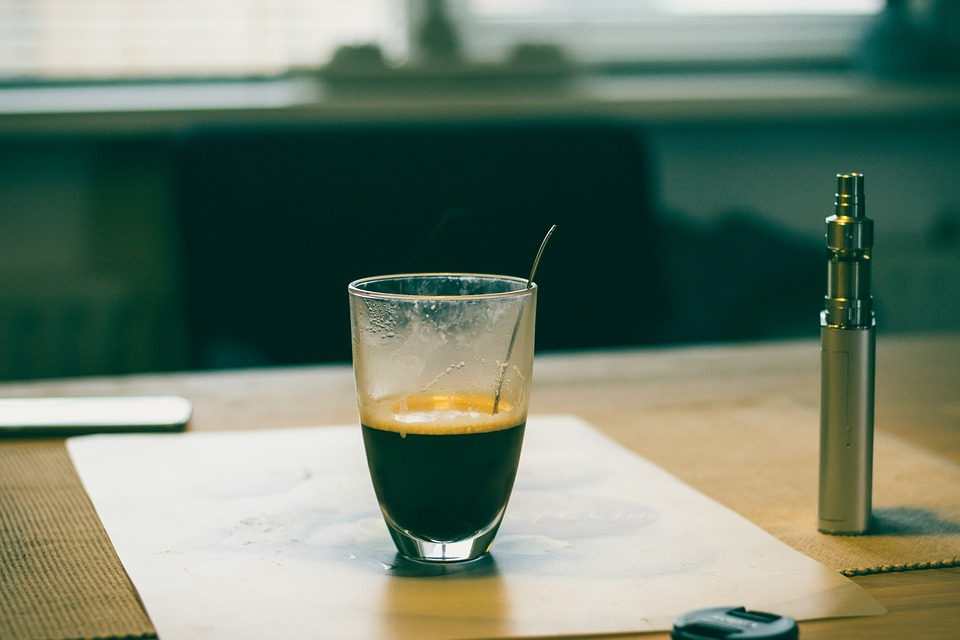4 Signs That Your E-Liquid Has Too Much Vegetable Glycerin
We’ve reached a point in the evolution of vaping at which sub-ohm vaping is no longer a trend and no longer something that’s just for experts – it’s simply the way that most people vape. You see that fact reflected in the selection of vape juice at a typical vape shop; all of the mainstream e-liquids in big bottles are higher-VG blends designed to work well in large sub-ohm vape tanks.
The trend favoring thicker e-liquid, however, has created a problem for some people in that there is still a significant subset of the vaping community using smaller devices such as pod systems and little vape pens. With smaller vaping devices, an e-liquid that’s too thick will produce a vaping experience that’s less than optimal.
How can you tell if the e-liquid you’re using isn’t right for your device? That’s what we’re going to discuss in this article.
How to Fix an E-Liquid That’s Too Thick
The first thing you need to know about using a high-VG e-liquid in a small device is that, if you experience problems, you may be able to fix the issue by thinning the e-liquid a little. You can do that by adding a few drops of distilled water and shaking the bottle thoroughly. Adding water can sometimes thin an e-liquid just enough that it begins to work properly in a smaller vaping device.
How can you tell if your e-liquid is too thick? That’s what we’ll discuss next.
Burned Flavor or Random Dry Hits
If your e-liquid is too thick for your smaller vaping device, the main problem you’ll experience is that the e-liquid will have trouble flowing through the device’s tiny wick holes. That’ll cause a situation in which you experience random dry hits because the e-liquid gets stuck in the wick holes and fails to flow through to the coil. If that happens enough times, you’ll burn the wick – and then every puff will seem like a dry hit.
Coils Burning Out Too Quickly
In addition to the thickness of the liquid, one of the main differences between VG and PG is that VG vaporizes at a higher temperature. If you’re using sub-ohm vaping hardware, that isn’t a problem because your device is designed to run hot. If you use a smaller vaping device, though, you may find that your coil doesn’t quite get hot enough to vaporize a thick e-liquid efficiently. The VG that isn’t vaporized will leave a residue on the coil that slowly saps the coil of its performance and flavor. Eventually, the layer of VG residue becomes so thick that it causes the coil to produce a burned flavor. If your coils are burning out quickly – and you’re not using a sweetened e-liquid – it’s possible that your e-liquid has too much VG.
E-Liquid Too Smooth; Throat Hit Isn’t Satisfying
One of the major differences between PG and VG is that VG is much smoother in comparison and delivers a more muted throat hit. If you want an e-liquid that delivers an assertive throat hit, then, your ideal vape juice is one that’s high in nicotine and low in VG. Check your e-liquid’s VG/PG ratio if you’re not getting the throat hit you want.
Gurgling and Poor Airflow
If you’re using a vape juice that’s too high in VG for your vaping equipment, you’ll experience airflow issues stemming from the factors described above. With your coil gummed up with VG residue – and e-liquid failing to flow efficiently through the coil’s wick holes – you’re probably going to find that you have to inhale very firmly to get your device to produce a decent vapor cloud. Using an e-liquid with the correct VG/PG ratio for your device will solve that problem.







